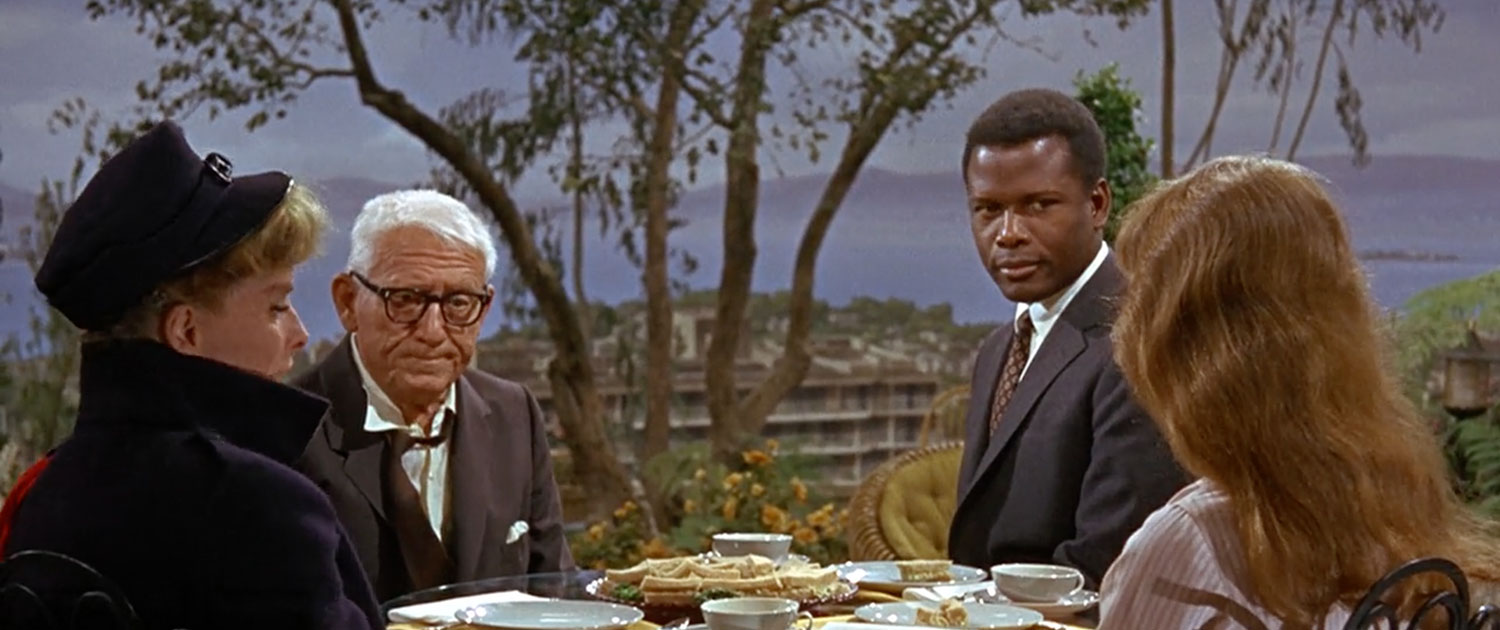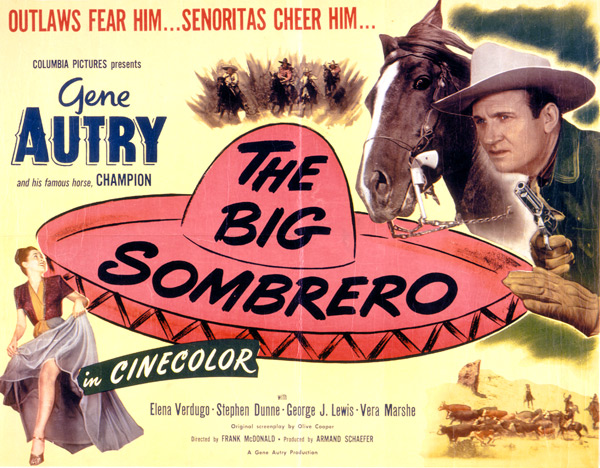Does an Artist’s Personal Life Matter?
More often than not, when we consume media, whether we listen to a song or watch a movie, it is hard for us to not consciously or subconsciously focus on the artist’s personal life. Or if we do not know much about the artist initially, it is common for the majority of us to Google […]




